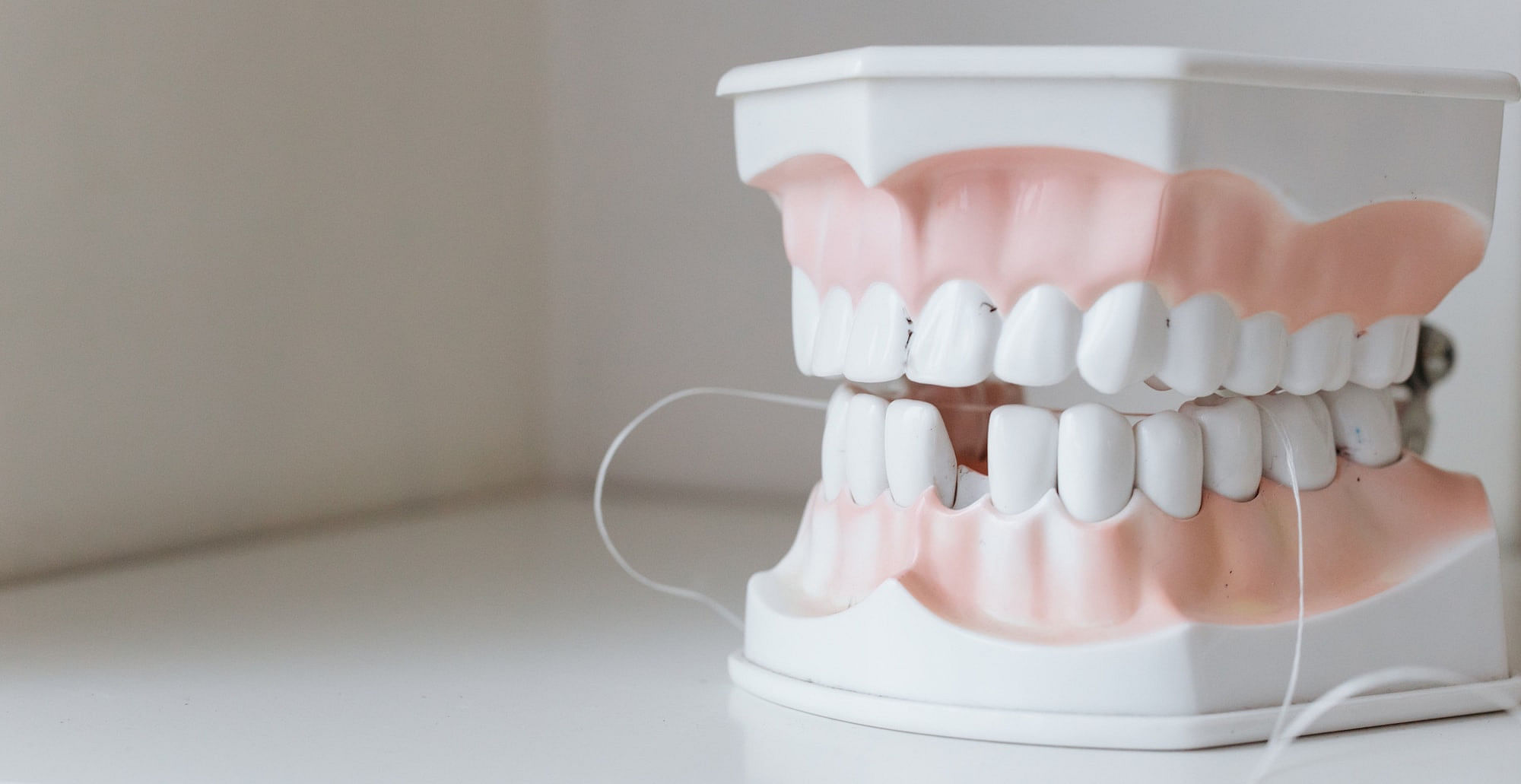

Education
Station
Black Holes
Over the years, I have watched little openings occur between my patients’ teeth. Not only is it unsightly, but it causes food to stick between our teeth and it exposes root surfaces to the ravages of decay as we age. Within the profession, we call them black holes or black triangles. I had always attributed this phenomenon to either lack of or poorly performed hygiene or old, failing dental work, until one day I noticed these black holes between my teeth, one that flosses meticulously 365 days a year. I was stunned since not only do I carefully clean my teeth but also because I have no significant gum disease or failing dentistry in my mouth.
I now believe I have figured it out. Through bone research, we know that there is a protein matrix present in healthy bone. This matrix supplies the cells needed to build bone as well as enamel on our teeth. We also know that attempting to build bone without a healthy matrix will be difficult at best and most likely leave us with brittle bone. We know that this matrix can be lost through several mechanisms. Eating insufficient amounts of protein, eating unusable protein (like what happens when we microwave a piece of meat), eating enough of the right kind of protein but the body cannot use them, the presence of toxins such as mercury, arsenic, solvents, pesticides, etc. all can play a part in losing this matrix. There is even a test that can be run from a blood sample that will tell if the matrix is coming out.
As the matrix leaves, so do the minerals in the bone. Bone mass shrinks. Since the edge of the gums maintains a specific distance from the level of the bone, as the bone shrinks, so does the gum. Consequently, as the gums move away from the teeth, black holes form.
There is no doubt that brushing too hard and a poor bite can cause the gums to shrink. I now believe that this subtle bone loss due to loss of the protein matrix is a major contributor to this unsightly condition known as black holes. In addition, it would be naïve to believe that this loss of bone is occurring only in the mouth, which is another concern of mine.
Finally, I predict one day that patients will go to their dentist to check for osteoporosis. Right now there is an instrument that can measure the density of the jawbones without radiation and it is a matter of time before the research is complete that will correlate the bone density in the mouth to the bone levels throughout the body. In addition, the good news is that there are natural, holistic techniques now available to re-build this matrix. This all kind of makes we wonder about the “one size fits all mentality” that says all women should take 1200 mg of calcium a day.
To get more information on dental care, check out articles from our Education Station.


